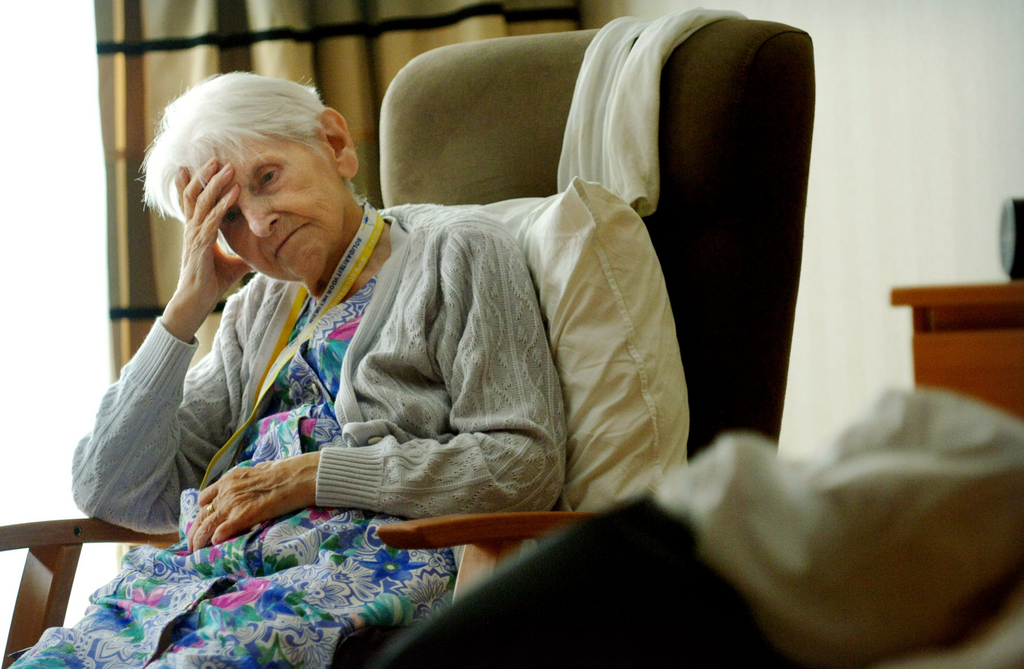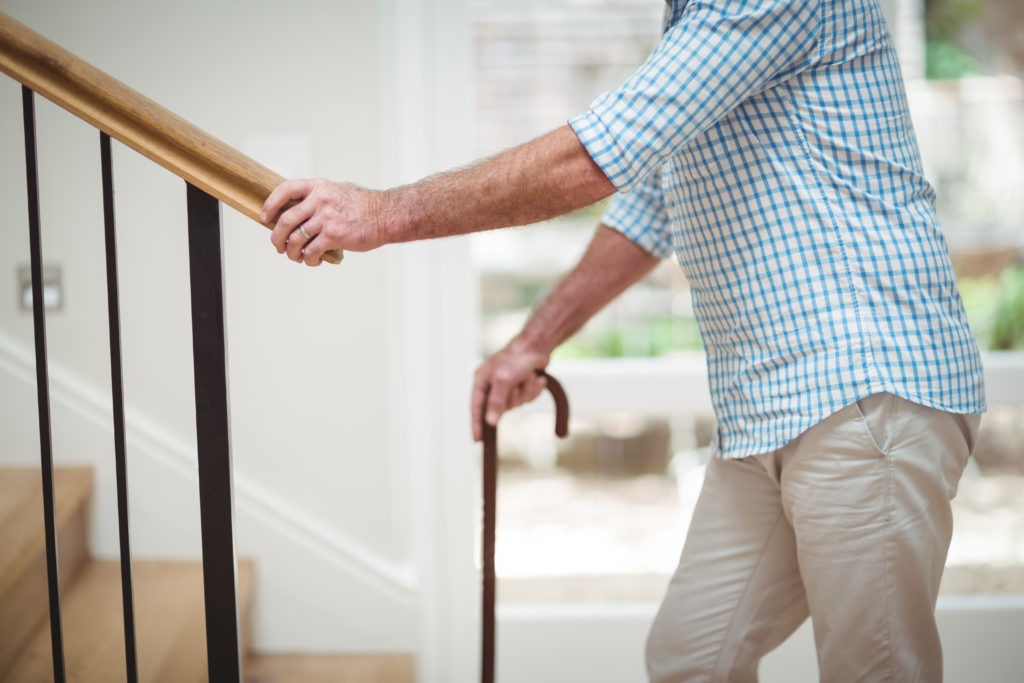As technology continues to evolve, smart homes are becoming increasingly equipped to ensure the safety and well-being of their occupants. A crucial aspect of this transformation is fall detection, which plays a significant role in enhancing the safety of elderly family members. With the primary keyword, fall detection in smart homes, strategically placed within this guide, we aim to provide family caregivers with valuable insights into how this technology can make a difference.

Understanding Fall Detection in Smart Homes
Fall detection systems are designed to identify when a person has fallen and alert caregivers or emergency services. In smart homes, these systems become part of an integrated safety network, ensuring swift responses to potential emergencies. This technology is particularly beneficial for families with elderly members who are at higher risk of falls.
How Fall Detection Works
Fall detection involves a combination of sensors and algorithms that monitor movement. When a fall is detected, an alert is sent to designated contacts or emergency services. These systems can differentiate between normal activities and incidents that require intervention, minimizing false alarms.
The Importance of Fall Detection for Family Caregivers
For family caregivers, ensuring the safety of their loved ones is paramount. Fall detection in smart homes provides peace of mind, knowing that help is readily available in case of an emergency. This technology empowers caregivers to balance their responsibilities while ensuring their loved ones are safe.
Benefits of Fall Detection Systems
- Immediate alert to caregivers and emergency contacts.
- Reduced response time in emergencies.
- Increased independence for elderly family members.
- Peace of mind for family caregivers.
Integrating Fall Detection with Other Smart Home Features
In smart homes, fall detection can be integrated with other technologies to create a comprehensive safety network. For instance, smart lighting can illuminate pathways automatically, reducing the risk of falls in the first place. Additionally, linking fall detection with smart locks ensures that emergency personnel can access the home quickly.
Choosing the Right Fall Detection System
When selecting a fall detection system, consider the specific needs of your family. Some systems are wearable, while others are integrated into the home environment. Evaluate factors such as ease of use, reliability, and compatibility with existing smart home devices.
Challenges and Considerations
While fall detection offers numerous benefits, it is essential to be aware of potential challenges. These may include false alarms, privacy concerns, and the need for regular updates to ensure optimal performance. Addressing these issues proactively can enhance the effectiveness of the system.
The Future of Fall Detection in Smart Homes
As technology advances, fall detection in smart homes will continue to evolve. Innovations such as artificial intelligence and machine learning will enhance the accuracy and responsiveness of these systems, providing even greater safety for families.
Conclusion
Incorporating fall detection in smart homes is a proactive step towards ensuring the safety and independence of elderly family members. For family caregivers, this technology offers peace of mind and enhances their ability to provide care. As smart home technology continues to advance, the potential for creating safer living environments will only grow.
For more information on fall prevention and how it can benefit your family, consider exploring additional resources.
Additionally, you can learn more about smart elderly care solutions and how they are transforming independent living.

FAQs
What is the primary benefit of fall detection in smart homes?
The primary benefit of fall detection in smart homes is the immediate alert to caregivers and emergency contacts in the event of a fall, ensuring a rapid response and potentially reducing the severity of injuries.
How reliable are fall detection systems?
Fall detection systems have improved significantly in reliability. However, it’s essential to regularly update and maintain these systems to minimize false alarms and ensure optimal performance. For more insights, visit fall detection technology reliability.
Can fall detection systems be integrated with other smart home devices?
Yes, fall detection systems can be integrated with other smart home devices to create a comprehensive safety network. This integration enhances the overall effectiveness of the system, providing a safer living environment for elderly family members.
This article contains affiliate links. We may earn a commission at no extra cost to you.






